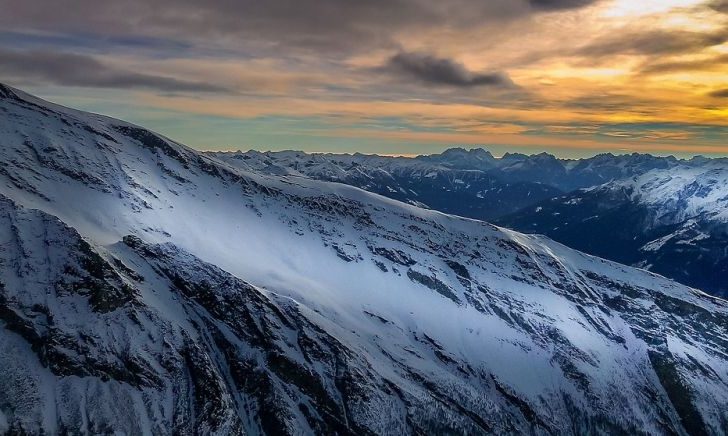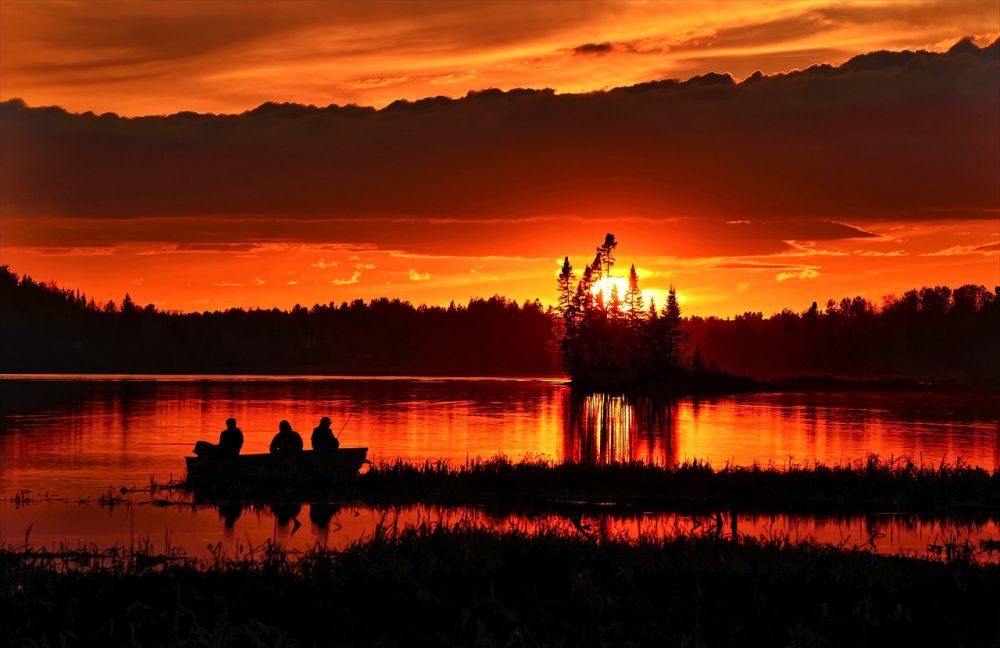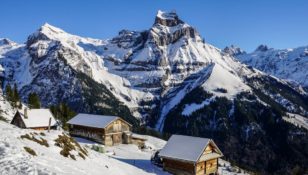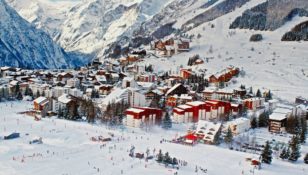Hur långa skidor ska man ha

A Guide to Choosing the Right Length of Skis
Introduction:

Skis are an essential piece of equipment for any avid skier, and choosing the right length can greatly impact your performance on the slopes. This comprehensive article aims to provide an in-depth overview of how to determine the optimal length of skis for different types of skiing, popular options available, quantitative measurements, differences between ski lengths, and a historical perspective on the advantages and disadvantages of various ski lengths.
Understanding the Basics
Skis come in various lengths, and finding the perfect fit is crucial for a successful skiing experience. Ski length is determined by factors such as skier height, weight, ability level, and skiing style. Longer skis provide stability and better floatation in deep snow, whereas shorter skis offer more maneuverability and quick turns. It is essential to strike a balance and choose a length that suits your skiing style and matches the terrain you plan to ski on.
Types of Skis and Their Popularity
Today, there are several types of skis available on the market, each designed for specific skiing styles. The most common types include all-mountain skis, powder skis, carving skis, and freestyle skis. All-mountain skis are versatile and suitable for a wide range of conditions, making them the most popular choice among skiers. Powder skis, on the other hand, are wider and longer, catering to deep snow and off-piste skiing. Carving skis are narrower and offer excellent edge grip for precise turns on groomed trails, while freestyle skis are shorter and more flexible, ideal for jumps and tricks in terrain parks.
Quantitative Measurements for Determining Ski Length
While personal preference plays a significant role in selecting ski length, there are some general guidelines based on height and weight that can help narrow down the options. Ski manufacturers often provide size charts that suggest a range of ski lengths based on these factors. Additionally, determining the ski’s ’turning radius’ can provide an indication of its suitability for different skiing styles. Skis with a shorter radius offer easier and quicker turns, while skis with a longer radius provide more stability and better performance at high speeds.
Differences Among Ski Lengths
The choice of ski length affects various aspects of skiing, including maneuverability, stability, and speed. Longer skis tend to provide better stability at high speeds and are optimal for advanced skiers who prefer cruising down groomed slopes. Shorter skis offer greater maneuverability, making them suitable for beginners, moguls, and tight turns. It is crucial to consider these differences when selecting ski length, as it directly affects your skiing experience.
Historical Perspective on Ski Lengths
Over the years, ski length trends have evolved with advancements in ski technology and changes in skiing techniques. In the past, longer skis were the norm, as they provided better floatation in deep snow and stability on ungroomed terrain. However, as skiing style shifted towards shorter, quicker turns and terrain park tricks, shorter skis gained popularity. Today, ski lengths vary based on individual preference and skiing discipline, with a wide range of options available to cater to different needs.
Conclusion:
Selecting the right length of skis is a crucial decision for any skier. By understanding the basics, exploring the different types of skis, considering quantitative measurements, acknowledging the differences between ski lengths, and taking into account the historical perspective, skiers can make an informed choice. Remember, ski length is subjective and varies depending on personal preference, ability level, and intended skiing style. Consulting with a professional at a specialty ski shop can also provide valuable guidance in finding the perfect skis for your needs. Enjoy your time on the slopes with skis that are the right length for you!
Note: The above article is a sample and can be further expanded and tailored to meet the specific word count and requirements of the online publication.

















